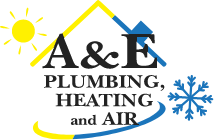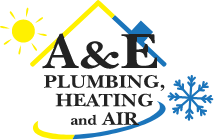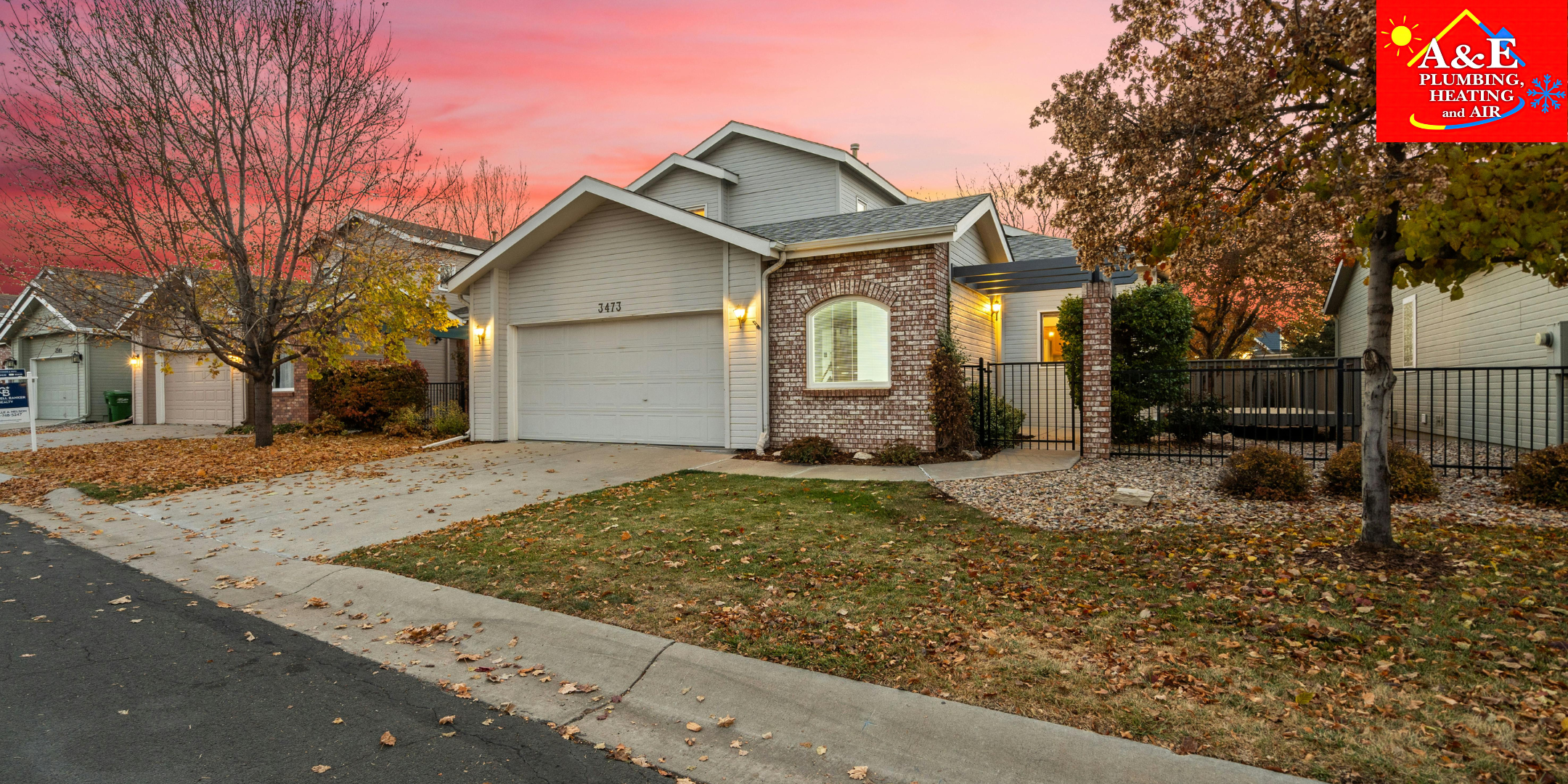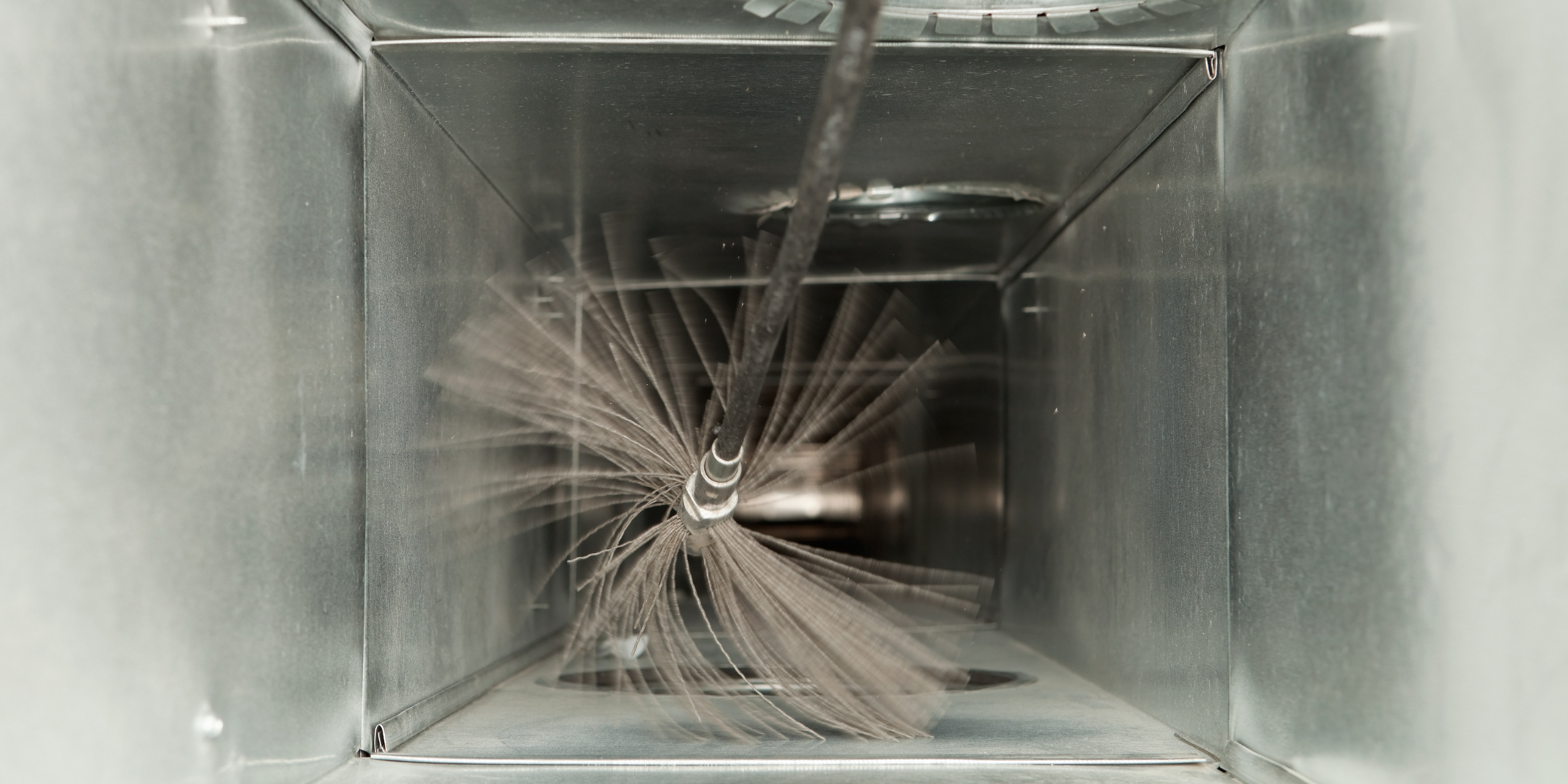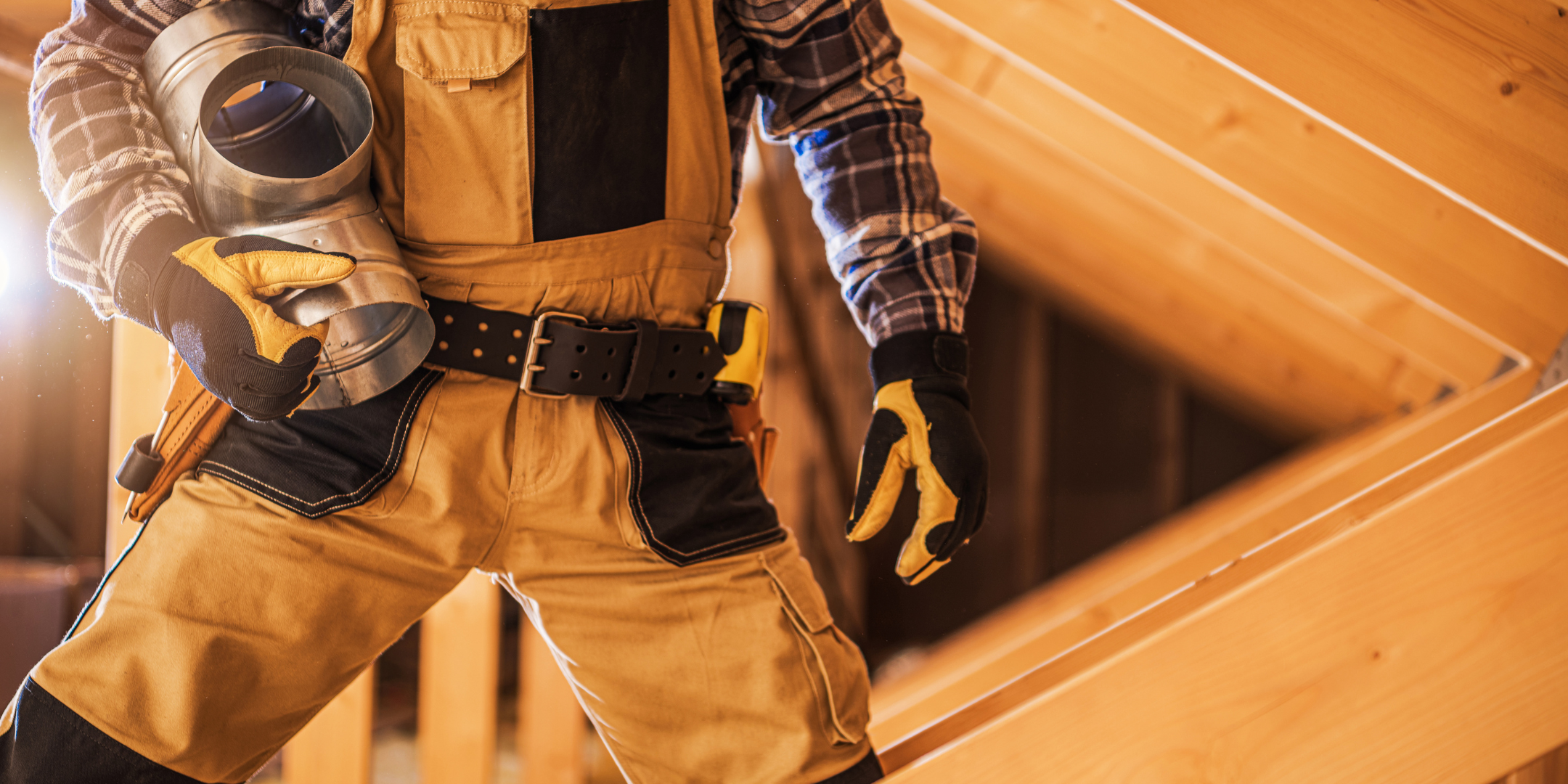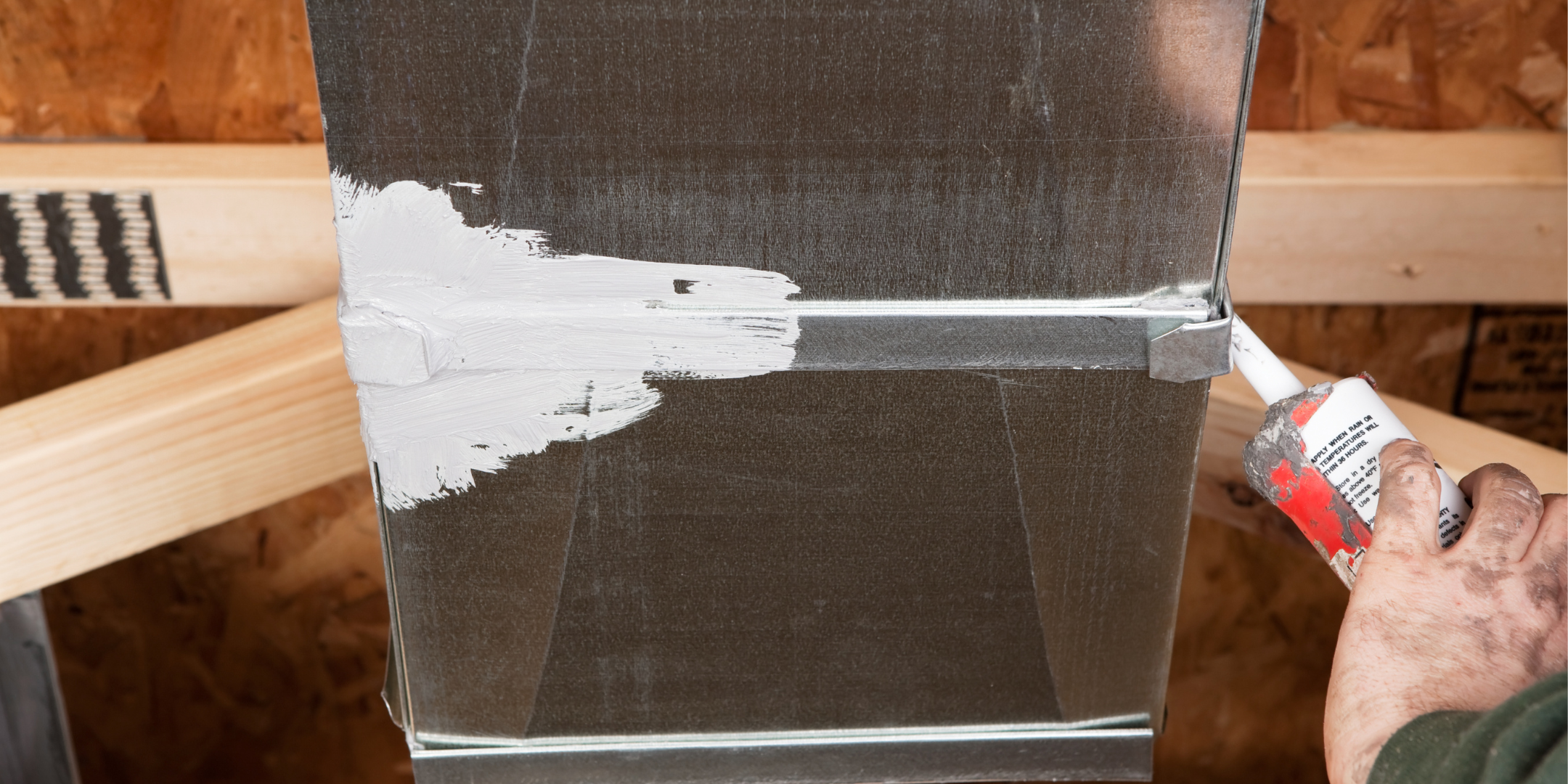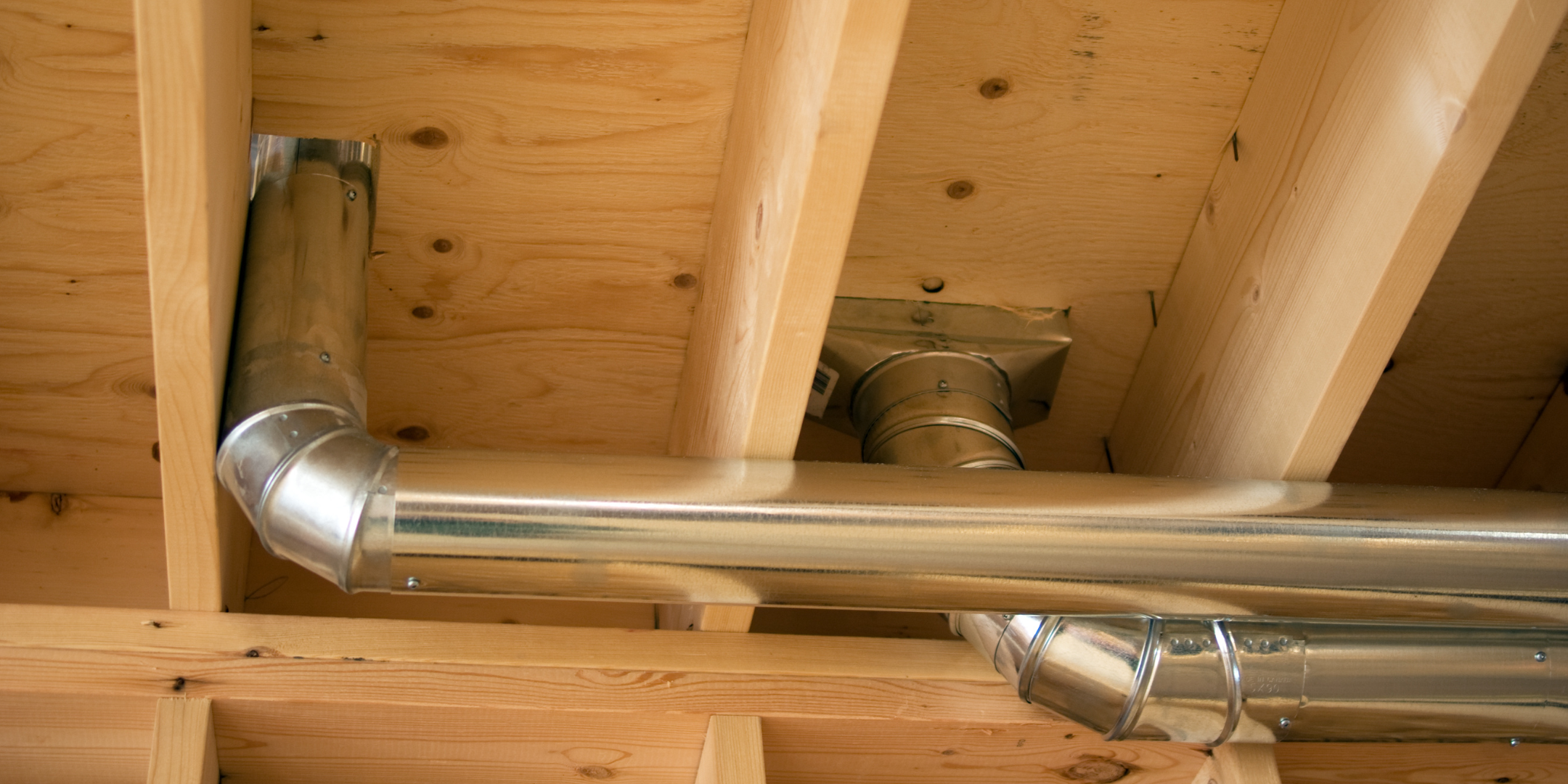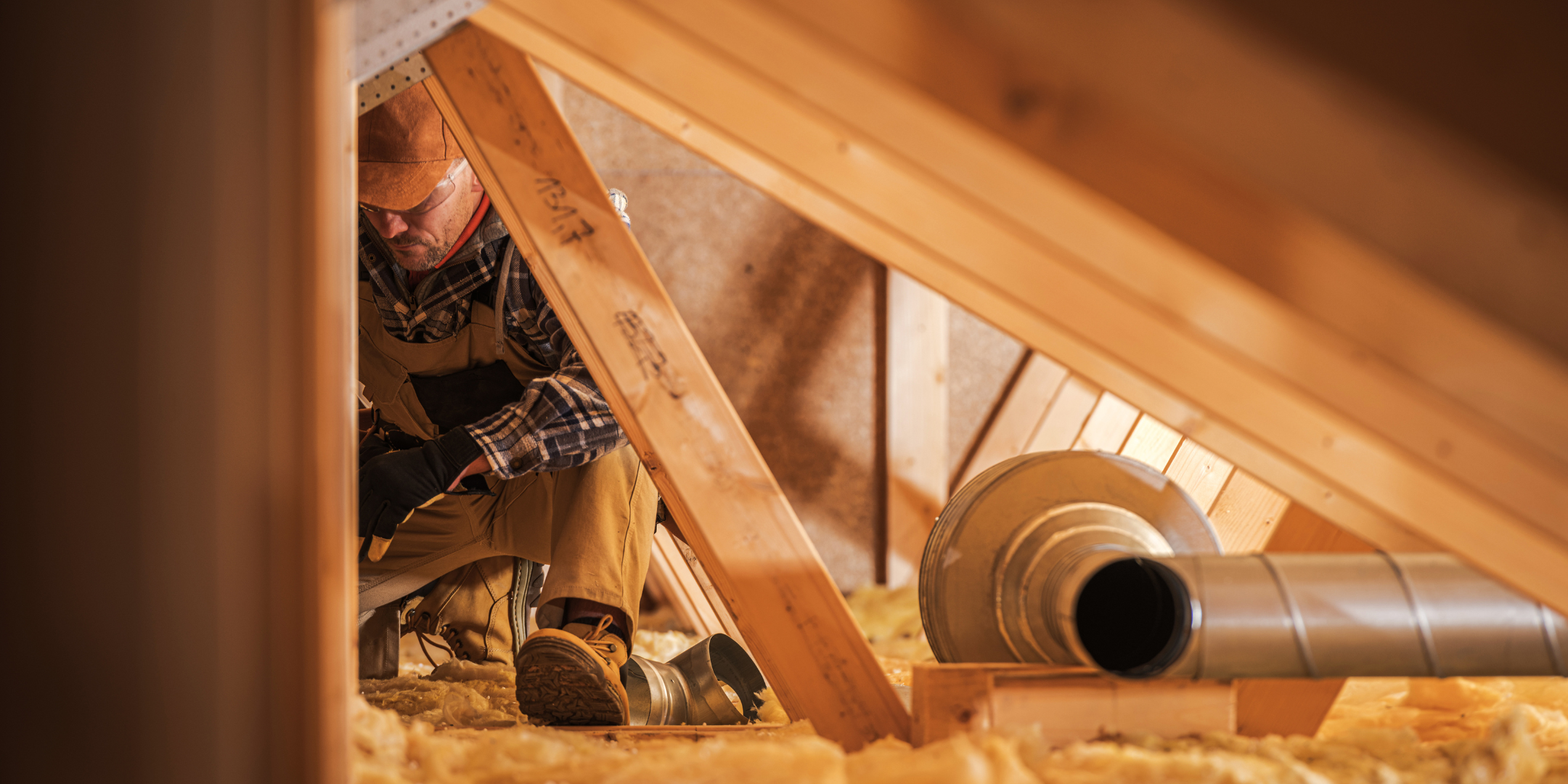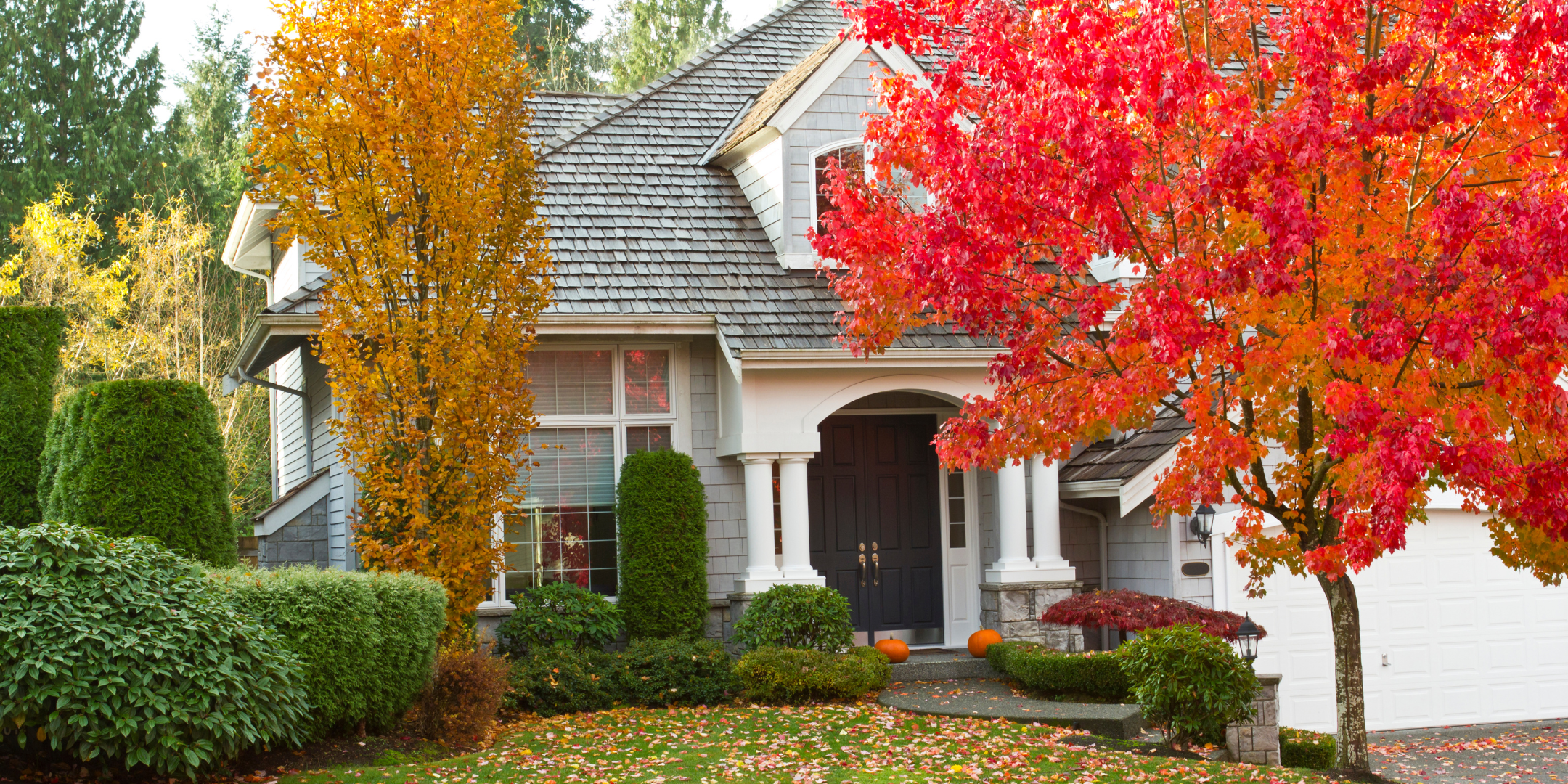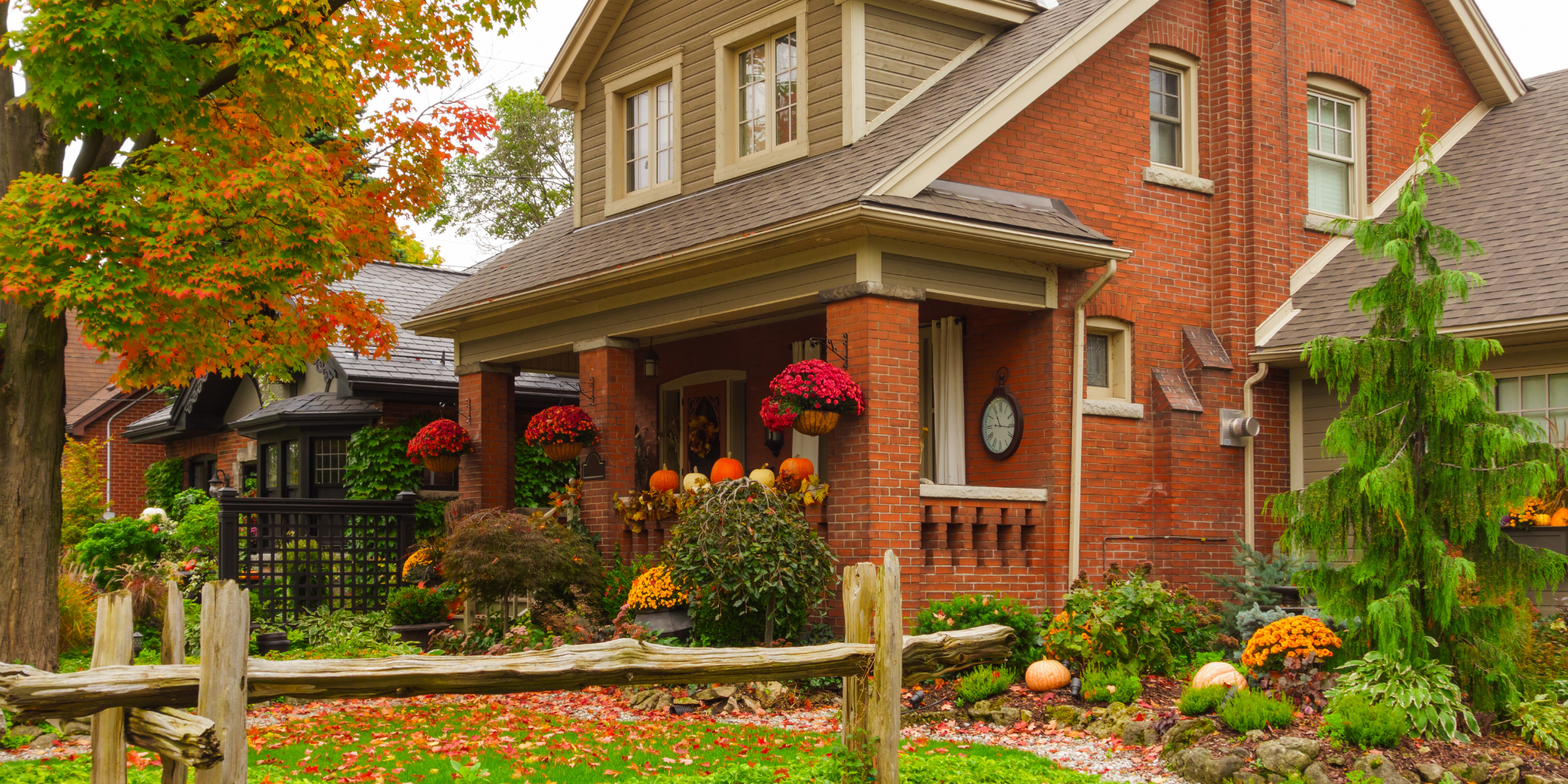Reviewing Aeroseal Duct Seal: Benefits, Costs, and Key Features
September 18th, 2024
5 min read
By Daphne Hunt
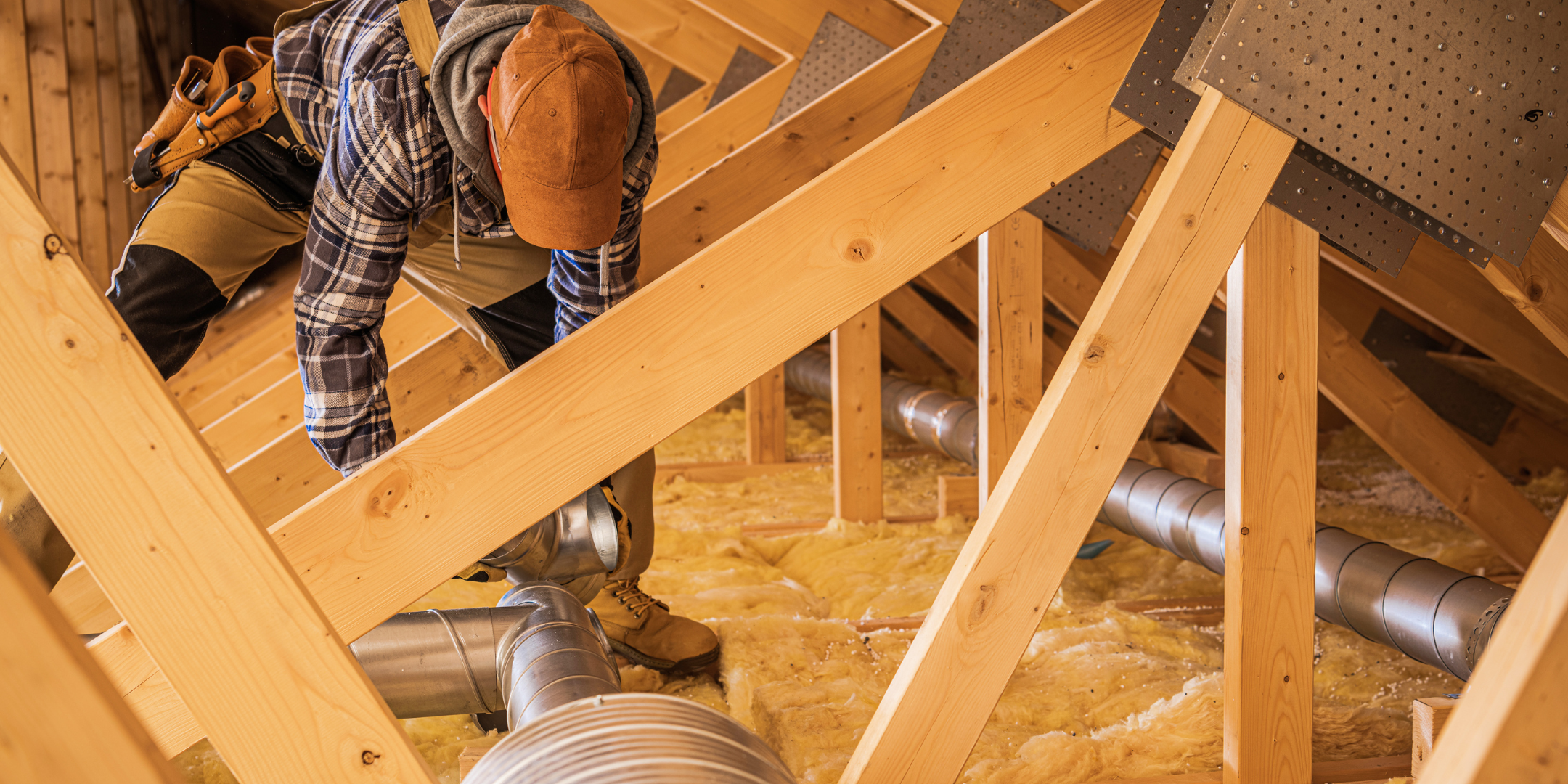
If your HVAC system isn’t performing efficiently, it’s likely costing you more in energy bills and leaving parts of your home uncomfortable. Leaky ductwork is often the hidden culprit behind these problems, causing frustration with inconsistent heating and cooling. The result? Wasted energy and higher costs.
bills and leaving parts of your home uncomfortable. Leaky ductwork is often the hidden culprit behind these problems, causing frustration with inconsistent heating and cooling. The result? Wasted energy and higher costs.
With over 16 years of experience in the HVAC industry, we’ve seen firsthand how unsealed ducts can impact a home’s comfort and efficiency. Our team specializes in identifying and sealing leaks to reduce energy loss and improve airflow, ensuring your system runs as efficiently as possible.
By the end of this article, you’ll know if Aeroseal is the right solution for sealing your ducts. We’ll cover the benefits, costs, and when it’s the best option. You’ll have the knowledge to make a confident decision, improving your home’s comfort and lowering your energy bills.
How Aeroseal Works
Aeroseal’s technology is unique in that it seals ductwork from the inside rather than from the exterior like traditional methods such as mastic or foil tape. Here’s how the process works:
- Preparation: A certified HVAC technician first blocks all the vents and registers to pressurize the duct system. This allows for accurate measurement of existing leaks.
- Pressurization: Aeroseal’s machine pressurizes the ducts, detecting leaks throughout the entire system.
- Aerosol Sealant: Once the leaks are identified, an aerosolized sealant is injected into the duct system. This sealant is carried by the airflow, automatically finding and filling leaks, even in hard-to-reach areas.
- Sealing: The aerosolized particles stick to the edges of leaks, gradually sealing them. The technician monitors the process in real-time to ensure effective sealing.
The result is a comprehensive seal, closing up to 95% of leaks and improving the overall efficiency of the HVAC system.

4 Key Benefits of Aeroseal
1. Comprehensive Sealing
Aeroseal seals the entire duct system, reaching leaks that traditional methods might miss, particularly those in hidden or inaccessible areas. Its pressurized system ensures that even leaks deep within the ductwork are targeted, something that manual methods like mastic or tape cannot achieve as effectively. With up to 95% of leaks sealed, Aeroseal not only improves airflow but also helps create a more balanced temperature distribution throughout your home.
2. Improved Energy Efficiency
By sealing leaks, Aeroseal significantly reduces the amount of conditioned air lost, ensuring that your HVAC system doesn’t work harder than necessary and improves overall home efficiency. This reduction in workload lowers energy consumption, translating to tangible savings on your utility bills. In fact, homeowners often report savings of up to 30% on energy bills after Aeroseal is applied, thanks to the improved efficiency of their HVAC systems. Over time, this reduction in energy waste makes Aeroseal a financially smart choice.
3. Enhanced Indoor Air Quality
Leaky ducts can allow dust, allergens, and pollutants to enter the system and circulate throughout the home. When these contaminants are drawn into your ducts, they affect the indoor air quality in every room. Aeroseal prevents these particles from entering, significantly improving the air you breathe and creating a healthier indoor environment for those with allergies, asthma, or other respiratory issues.
4. Boosts HVAC Longevity
A sealed duct system reduces the workload on your HVAC system. With less strain on the system, components like blowers and compressors experience less wear and tear, which can extend the lifespan of your equipment. By reducing the stress on these key components, Aeroseal helps lower the risk of breakdowns, which in turn minimizes the need for costly repairs or early system replacements. This protection can add years of efficient use to your existing HVAC system.
3 Drawbacks of Aeroseal
1. High Cost
At A&E Plumbing, Heating and Air, we charge $4,200 for every heating system your home has, which also includes an air duct cleaning. If your home has two heating systems, such as one for upstairs and one for downstairs, the price goes up to $8,400.
This upfront investment is significantly higher than traditional sealing methods like mastic or foil tape, which are often DIY-friendly and cost a fraction of the price. However, the long-term energy savings from reducing air leaks—potentially cutting energy bills by up to 30%—can help offset the initial cost, making it a worthwhile investment for homeowners seeking maximum efficiency.
2. Requires Professional Installation
Aeroseal is not a DIY-friendly solution; it requires specialized equipment and must be performed by certified HVAC technicians trained in the Aeroseal process. This adds to the overall cost and complexity of the project, as you’ll need to factor in labor fees along with the service. For homeowners looking to save money by doing the work themselves, Aeroseal isn't an option, but its comprehensive sealing capabilities make it a more effective long-term solution for energy savings.
3. Not Suitable for Severely Damaged Ducts
While Aeroseal excels at sealing leaks, it is not designed to repair broken or disconnected duct sections. If your duct system has extensive damage, such as cracks, holes, or sections that have completely separated, Aeroseal will not resolve these issues. In such cases, duct replacement or manual repairs are necessary before applying Aeroseal to ensure the system is in good working condition.
Ideal Use Cases for Aeroseal
Older Homes
Older homes often have duct systems that are prone to leaks due to aging materials and improper sealing techniques from past installations. These leaks not only cause energy loss but also lead to inconsistent temperatures throughout the home. Aeroseal can effectively seal hard-to-reach leaks, ensuring that the ductwork operates like new, enhancing both the system’s efficiency and the home’s overall comfort.
and improper sealing techniques from past installations. These leaks not only cause energy loss but also lead to inconsistent temperatures throughout the home. Aeroseal can effectively seal hard-to-reach leaks, ensuring that the ductwork operates like new, enhancing both the system’s efficiency and the home’s overall comfort.
Homes with Poor Indoor Air Quality (IAQ)
Leaky ducts can draw in dust, pollen, and other allergens from unconditioned spaces like attics or basements, worsening the indoor air quality. By sealing the ducts, Aeroseal prevents contaminants from entering the system, improving indoor air quality and creating a healthier environment for residents, especially those with allergies or respiratory issues.
Energy-Efficient Upgrades
Aeroseal is perfect for homeowners looking to improve energy efficiency and take advantage of government programs like the Inflation Reduction Act (IRA). By reducing air leaks, Aeroseal helps HVAC systems run more efficiently, lowering energy consumption. Homeowners can also benefit from IRA tax credits, which reduce the overall cost of the service, making it a smart financial and environmental investment.
Aeroseal Duct Seal General Price Point
The average cost of Aeroseal in our area is between $3,000 and $6,000, which can seem steep compared to other sealing methods. At A&E Plumbing, Heating and Air, we charge $4,200 for every heating system your home has, which also includes an air duct cleaning. If your home has two heating systems, such as one for upstairs and one for downstairs, that price goes up to $8,400.
However, the long-term energy savings and improvement in air quality can justify the investment. Additionally, homeowners may qualify for tax credits or rebates through the Inflation Reduction Act (IRA) or other energy-efficiency programs, further reducing the effective cost.
Savings through the Inflation Reduction Act (IRA)
One significant way to reduce the upfront cost of Aeroseal is through the Inflation Reduction Act (IRA), which offers tax credits and rebates for energy-efficient home improvements. Duct sealing qualifies for these incentives, allowing homeowners to save up to 30% of the project cost under the IRA’s Energy Efficient Home Improvement Credit (Section 25C), with an annual cap of $1,200.
How to Apply for IRA Tax Credits
- Verify Eligibility: Ensure the Aeroseal service meets the IRA’s energy-efficiency standards.
- Save Documentation: Keep receipts for both the service and labor costs. You’ll need this documentation when filing your taxes.
- File IRS Form 5695: Use this form to claim the tax credit when filing your federal taxes. The tax credit will reduce your taxable income, potentially saving you up to $1,200 annually.

Additionally, some states and local utility companies may offer rebates for duct sealing and energy-efficient upgrades. Combining these IRA credits with local rebates can significantly reduce the total cost of the Aeroseal service, making it a more affordable solution to improve your home’s energy efficiency.
Is Aeroseal Duct Seal Right for You?
When you started reading, you were likely concerned about high energy bills, poor airflow, or inconsistent temperatures caused by leaky ducts. Aeroseal’s innovative approach seals leaks from within, offering a comprehensive solution to energy loss and poor system performance.
airflow, or inconsistent temperatures caused by leaky ducts. Aeroseal’s innovative approach seals leaks from within, offering a comprehensive solution to energy loss and poor system performance.
With over 16 years of experience in HVAC efficiency, our team of experts is on standby to help you through the process, ensuring your duct sealing project is handled professionally.
Interested in learning more about how Aeroseal can enhance your home’s efficiency? Reach out to a qualified HVAC professional who can guide you through the next steps.
Daphne Hunt holds a bachelor's degree in English and Mass Communication and has a lifelong passion for writing. She thrives on using her skills to craft compelling pieces that inform, inspire, and connect with readers.
